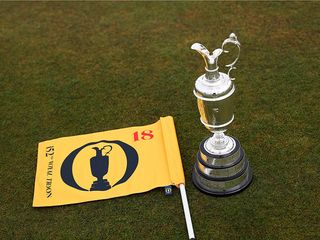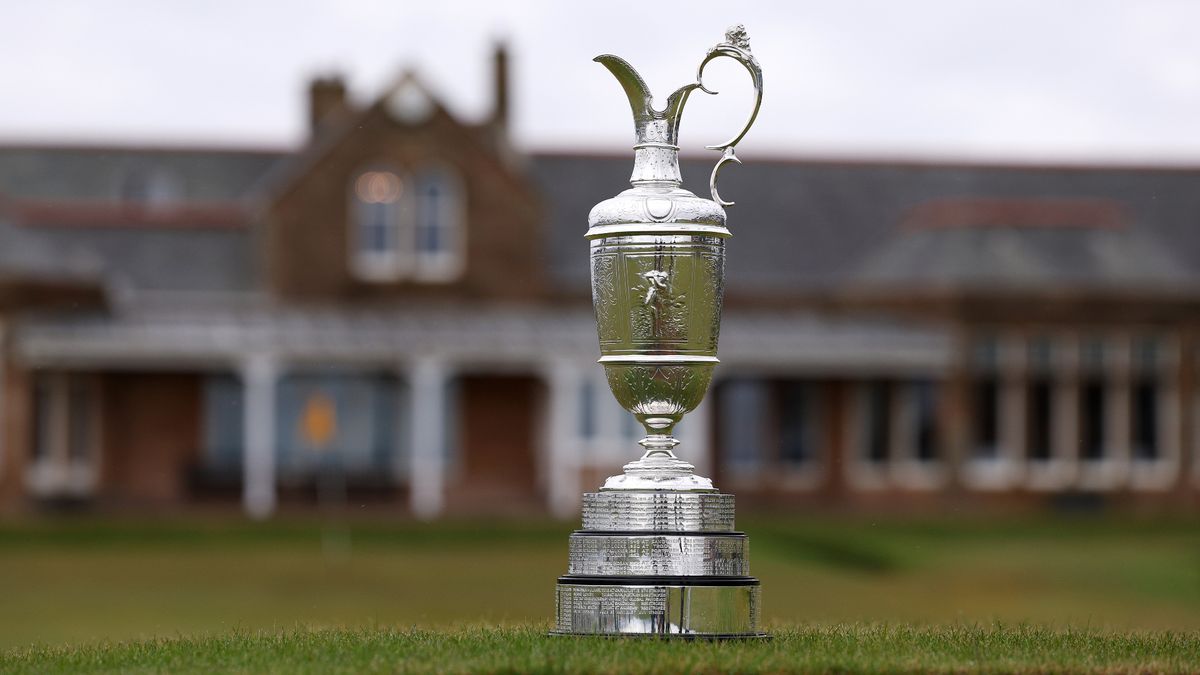The Open Championship is the oldest and most prestigious Major in the golfing calendar.
Known for its history, tradition and singular ability to challenge the best players in the world, The Open is special for many reasons.
Here are six things that are completely unique about the Open Championship…
History
The Open is not only golf’s original Major, it is also the oldest golf tournament in the world. The first Open was held at Prestwick Golf Club in 1860 over three rounds of the 12-hole links course. Eight golfers contested the Championship, with Willie Park Sr claiming the title by two shots.
Links golf
The Open is a showcase of links golf, in all its unforgiving and unpredictable glory. Links is considered the purest form of golf due to the sport’s origins in Scotland. Links courses are shaped by nature and built on coastal, exposed landscape, which presents a unique experience due to unpredictable wind and weather shifts.
Three-time Open winner Tiger Woods said he fell in love with links golf after his first Championship in 1986. “I thought it was really weird to see the guys bounce balls into the greens because I have never seen that before. It was fascinating to watch but it was so different,” Woods said. “I didn’t really truly understand links golf until I actually got the chance to go out there and play it. Once I got the first chance to play it, I fell in love with it.”
(Image credit: Getty Images)
Champion Golfer of the Year
One of the many things that makes The Open unique is its traditions. Among them is the official title given to The Open winner every year: Champion Golfer of the Year. 2017 Open winner Jordan Spieth said it was one of the many things that makes the Major so special.
“The traditions of The Open are special,” he said. “It’s a unique title for their Champion and it’s been an honour being introduced that way throughout the year at different events.”
The Claret Jug
The Golf Champion Trophy, commonly known as the Claret Jug, is one of the most coveted trophies in sport. It was first awarded in 1872, despite the original Championship dating back to 1860. Prior to 1872, winners of The Open were presented with the Challenge Belt, with rules stating that it had to be returned “until it becomes the property of the winner by being won three times in succession”. That happened in 1870 when Young Tom Morris won the 11th Open, meaning a new trophy was needed and led to the creation of the iconic Claret Jug. It has been the prize for the winner since 1873, when Tom Kidd triumphed at St Andrews.

(Image credit: Getty Images)
Four-hole playoff
Unlike most PGA Tour events, the Open Championship playoff isn’t sudden-death. Instead, the winner is decided through a four-hole aggregate-score playoff – in other words, the lowest score after four holes. If there is still a tie, then the playoff becomes sudden-death. The first four-hole playoff at The Open happened in 1989, when Mark Calcavecchia beat Greg Norman and Wayne Grady. The Open tiebreaker was originally contested across 36 holes, before evolving to 18 holes and landing on its current format.
Medals
As well as the Claret Jug, the Open winner also receives a gold medal. It was first presented to the winner in 1872, before the Claret Jug was ready and has since been awarded along with the trophy to every champion. Unlike the Claret Jug, which has to be returned, the gold medal can be kept by the winner.
The silver medal is awarded every year to the best amateur at The Open. However, the low amateur can only receive the award if they make the cut. Meanwhile, the Tooting Bec Cup is given to the PGA member with the single lowest round of the week.



)






